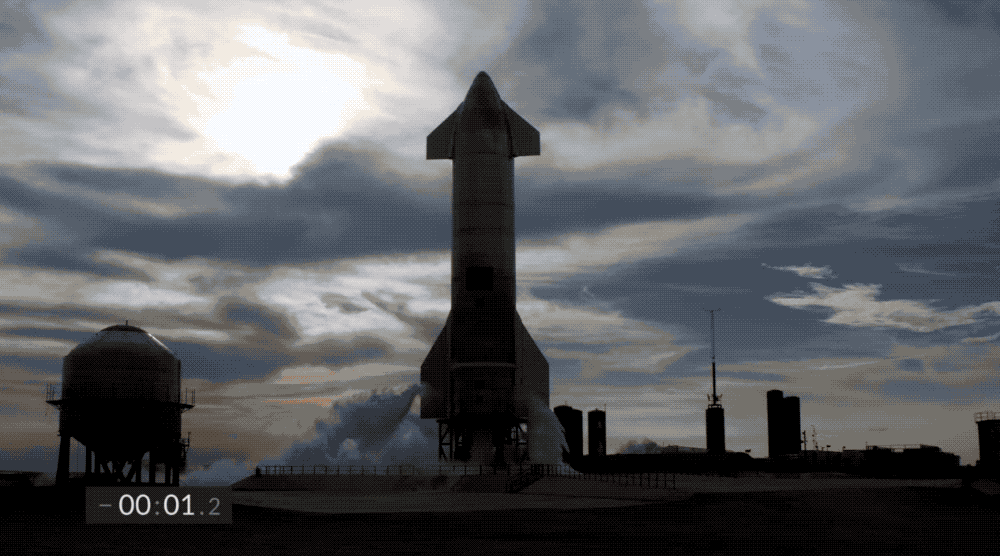SpaceX has launched SN10, the tenth iteration of its current prototype series of Starship, the reusable heavy-duty spacecraft it is developing. The SN10 spacecraft took off from Boca Chica, Texas, where SpaceX is developing the vehicle. He flew to a height of about 10 km, or 32,000 feet, before performing a maneuver to reorient himself for a drag-assisted landing descent.
Unlike the last two spacecraft prototypes to fly that high, however, the approximately six-minute flight didn't end with a fireball. [UPDATE: Well, not immediately. The rocket did blow up while stationary on the landing pad a few minutes after landing, potentially due to a leak]. Instead, it completed its landing flip maneuver as intended and slowed down for a soft landing, with the rocket remaining vertical and intact afterwards.
This was a fantastic and nominal result in all respects according to the SpaceX livestream. But why the previous explosions to get to this point? This is partly due to the way they developed this vehicle. All rocket development includes unforeseen events and sub-optimal results, but SpaceX has a couple of things at work that mean the efforts are subject to an unusual analysis compared to the average spaceship manufacturer.
First, it's doing it outdoors: Boca Chica's structure is basically just a couple of small buildings, some concrete reliefs, some storage tanks, and some scaffolding. It's extremely close to a public road (which is closed during testing, while the surrounding area is evacuated), and people can just get in and set up cameras to film what's going on. That's not how traditional rocket makers have generally done things.
Second, SpaceX founder and CEO Elon Musk has been adamant that SpaceX pursues a rapid iteration and prototyping development strategy with Starship development. This means that it is simultaneously producing and assembling spaceship prototypes, making small changes as it goes, rather than stepping back after each test and doing an extended analysis of several months before proceeding with the construction and flight of another version. .

A launch attempt earlier in the day was halted after a brief engine fire, when instrument readings from the rocket showed a slightly high thrust value that violated what Musk called "conservative." The fix that SpaceX instituted was actually adjusting the limit higher to prevent the interruption from starting.
No doubt the company will conduct an investigation into the cause of the explosion that followed the successful flight and landing maneuver, but the test was still successful in all the ways that matter most to SpaceX at this stage of development. The next step for Starship will likely increase the height of these test flights. Ultimately, the goal is to reach orbit, of course, but SpaceX is likely to try a few launches that remain atmospheric but far exceed this before attempting that trip.
